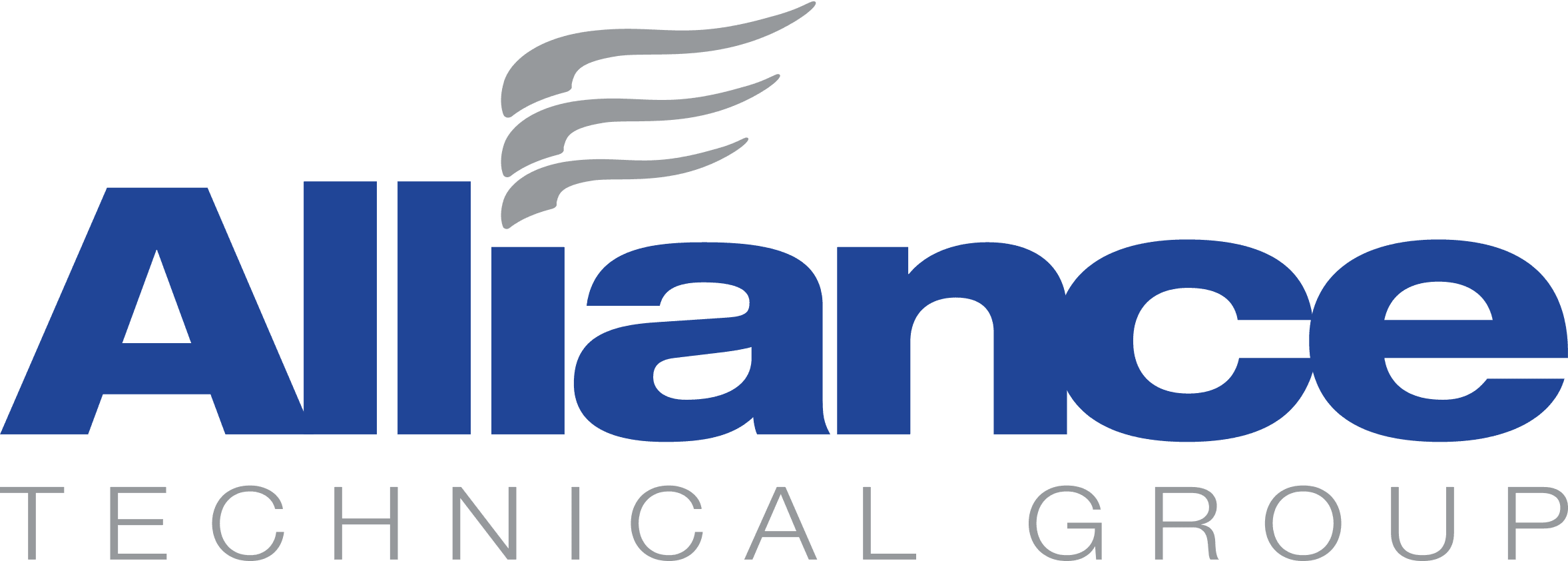In an era of increasingly stringent environmental regulations, selecting the appropriate Continuous Emission Monitoring System (CEMS) for your facility is crucial. These systems are designed to provide real-time data on the emissions produced by industrial processes, ensuring compliance with environmental standards and helping minimize industrial operations’ ecological footprint. This guide aims to provide you with a comprehensive understanding of how to choose the right CEMS for your facility.
Understanding CEMS
Continuous Emission Monitoring Systems (CEMS) continuously collect, record, and report data on the emissions of pollutants such as sulphur dioxide (SO₂), nitrogen oxides (NOₓ), carbon monoxide (CO), carbon dioxide (CO₂), and particulate matter. These systems are vital for industries such as power plants, refineries, chemical plants, and any facility that releases significant amounts of pollutants into the atmosphere.
Key Components of a CEMS
- Sample Interface: This is the part of the system that draws the sample from the emission source.
- Conditioning System: Prepares the sample for analysis by removing moisture and other contaminants.
- Gas Analyzers: These instruments measure the concentration of various pollutants in the sample.
- Data Acquisition System (DAS): Collects and stores the data, making it available for reporting and compliance purposes.
Factors to Consider When Choosing a CEMS
Choosing the right CEMS for your facility involves evaluating multiple factors to ensure you meet regulatory requirements and achieve optimal performance. Each factor plays a significant role in ensuring that your CEMS operates efficiently, provides accurate data, and remains compliant with environmental standards. Below are the key considerations you should keep in mind when selecting a CEMS:
Regulatory Requirements
The primary consideration when choosing a CEMS is ensuring it meets all relevant regulatory requirements. Different regions and industries have varying standards, so selecting a system that complies with local, national, and international regulations is essential.
Types of Pollutants
Identify the specific pollutants that your facility needs to monitor. Different CEMS are designed to measure other types of pollutants. Ensure that the system you choose can accurately measure the pollutants specific to your industry.
System Accuracy and Reliability
The accuracy and reliability of the CEMS are critical. Inaccurate data can lead to non-compliance, resulting in fines and other penalties. Look for systems with proven track records of accuracy and reliability.
Ease of Maintenance
CEMS require regular maintenance to ensure they continue to operate accurately. Choose a system that is easy to maintain and comes with comprehensive support and training from the manufacturer.
Data Management
Effective data management is a crucial aspect of emission monitoring. The CEMS should have a robust Data Acquisition System (DAS) that allows for easy access, analysis, and reporting of data. Look for systems that offer real-time data access and integration with other monitoring systems.
Cost Considerations
While the initial cost of the CEMS must be considered, the long-term costs, including maintenance, calibration, and potential upgrades, also matter. A system with a lower initial cost may have higher long-term expenses, so the total cost of ownership must also be considered.
Emerging Trends in CEMS Technology
The field of emission monitoring is continually evolving, with new technologies and trends emerging. Some of the key trends include:
- Real-Time Monitoring and Reporting: Advancements in technology have made real-time monitoring and reporting more accessible. This allows facilities to respond quickly to any issues and ensure continuous compliance with emission standards.
- Remote Monitoring: Remote monitoring capabilities are becoming more common, allowing facilities to monitor emissions from multiple locations through a centralized system. This is particularly useful for companies with multiple facilities or remote operations.
- Advanced Data Analytics: The integration of advanced data analytics in CEMS allows for more detailed analysis of emission data, helping facilities to identify trends, optimize operations, and reduce emissions.
- Portable and Mobile CEMS: Portable and mobile CEMS are gaining popularity for their flexibility and ease of use. These systems can be easily moved between different locations, making them ideal for temporary monitoring needs or for facilities with multiple emission sources.
Choosing the Right CEMS Provider
Choosing the right Continuous Emission Monitoring System (CEMS) is a critical decision for any facility looking to ensure compliance with environmental regulations and minimize its environmental impact. You can select a system that meets your needs by considering regulatory requirements, system accuracy, ease of maintenance, and data management capabilities.
Selecting the right CEMS provider is as important as choosing the right system. Look for a provider with a proven track record in the industry, comprehensive support services, and a commitment to innovation. A good provider will work with you to understand your specific needs and help you choose the system that best fits your facility.
For more information on choosing the right CEMS for your facility, contact Global Analyzer Systems. We are committed to innovation and customer satisfaction and offer a comprehensive range of CEMS solutions tailored to meet your industry’s unique needs. Contact us today to learn more about how we can help you achieve your emission monitoring goals.
What is your main priority when searching for a continuous emission monitoring system? How do you evaluate a CEMS provider? Share your thoughts with our readers in the comments below.


